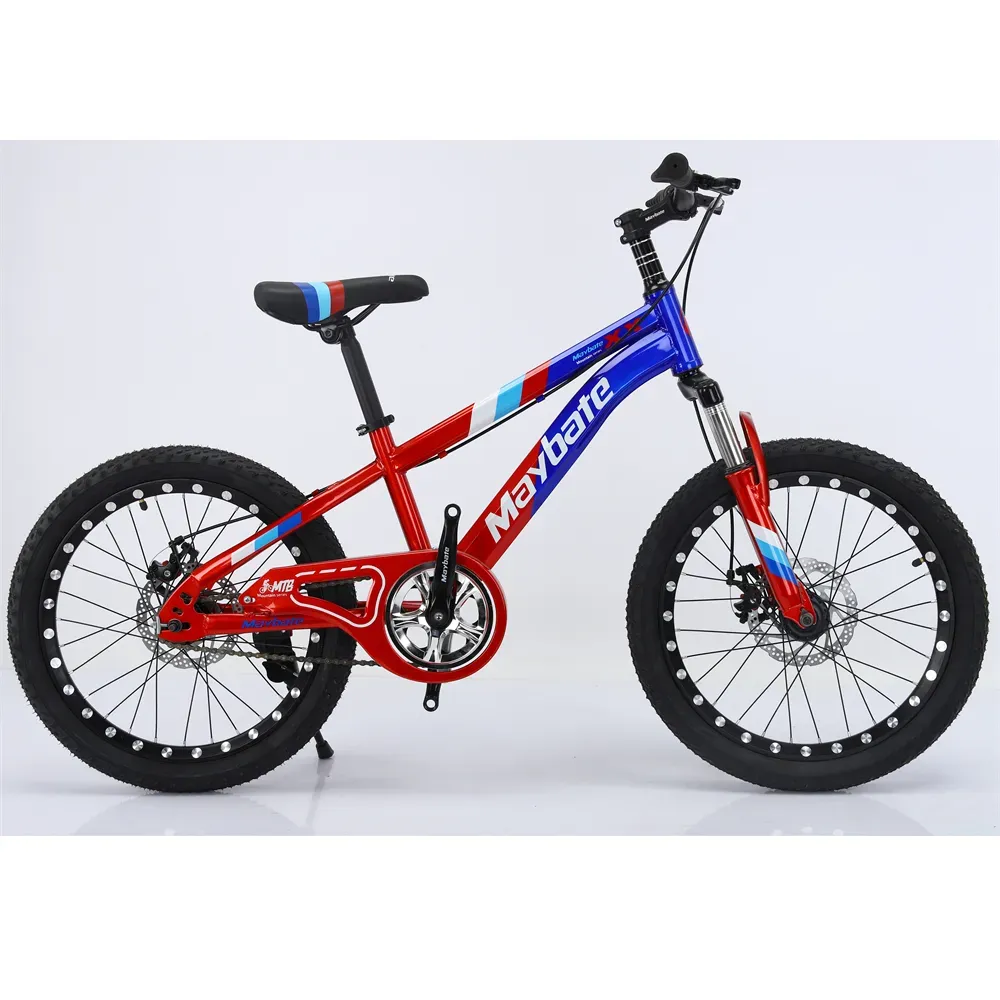buy mountain bike
The Ultimate Guide to Buying a Mountain Bike
If you’re an adventure seeker, a mountain bike can be your ticket to exhilarating experiences on rugged terrain. Whether you are a seasoned rider or just starting out, choosing the right mountain bike can seem overwhelming due to the variety of options available. This guide will help you understand the key features to consider when buying a mountain bike, ensuring that your purchase aligns with your riding style and the type of trails you wish to conquer.
Understanding Different Types of Mountain Bikes
Mountain bikes come in various styles, each designed for specific terrains and riding experiences. The primary categories include
1. Cross-Country (XC) These bikes are lightweight and designed for speed and efficiency on smoother trails. They typically have a more upright riding position and less suspension travel.
2. Trail Bikes Balancing weight and sturdiness, trail bikes are versatile and can handle a variety of terrains. They often have moderate suspension travel and a geometry that allows for both climbing and descending.
3. All-Mountain (or Enduro) Bikes Designed for more aggressive riding, these bikes feature longer suspension travel and a slacker geometry, making them suitable for downhill sections while still being capable on climbs.
4. Downhill Bikes These are the heavyweights of the mountain biking world, built specifically for steep descents. They have maximum suspension travel and very sturdy frames, but they are not designed for uphill climbs.
5. Fat Bikes Featuring oversized tires, fat bikes excel in soft conditions like snow or sand. They offer great stability and traction but can be heavier and slower on hardpack trails.
Key Features to Consider
When purchasing a mountain bike, consider the following key features
- Frame Material Mountain bike frames are typically made from aluminum, carbon fiber, or steel. Aluminum is lightweight and affordable, while carbon fiber offers superior performance but at a higher price. Steel is durable and provides a comfortable ride but can be heavier.
buy mountain bike

- Suspension Type Bikes can be categorized into hardtail (front suspension only) and full-suspension (both front and rear suspension). Hardtails are generally lighter and more efficient for climbing, making them suitable for cross-country biking. Full-suspension bikes provide better control and comfort, especially on rocky terrains.
- Wheel Size Mountain bike wheels come in several sizes, primarily 26, 27.5 (650B), and 29. Larger wheels roll over obstacles more easily and provide better traction, while smaller wheels can accelerate faster and are generally more maneuverable.
- Gearing Modern mountain bikes often feature a single chainring and a wide-range cassette, simplifying gear shifts and reducing weight. However, it’s important to consider the terrain you’ll be riding – steeper trails may require a bike with more gears.
- Brakes Mountain bikes typically use either disc brakes or rim brakes. Disc brakes offer stronger stopping power and perform well in wet conditions, making them the preferred choice for most mountain bikers.
Finding the Right Fit
Getting the right fit is crucial for comfort and performance. Stand over the bike frame; you should have at least a couple of inches of clearance. The reach and saddle height should also be adjusted to ensure you can comfortably reach the handlebars and pedals without straining.
Test Riding
After narrowing down your options, it’s always a good idea to test ride a few bikes. This will give you a feel for how each bike handles and helps you identify any preferences you might have regarding weight, geometry, and comfort.
Set a Budget
Mountain bikes can vary significantly in price from a few hundred to several thousand dollars. Setting a realistic budget based on your needs will help narrow down your choices. Don’t forget to factor in additional costs for accessories like a helmet, bike pump, and maintenance tools.
Conclusion
Investing in a mountain bike is a personal journey that requires careful consideration of your riding style, the types of trails you want to explore, and your specific needs. By understanding the various styles, features, and the importance of a proper fit, you’ll be well-equipped to make an informed decision. With the right mountain bike, you can hit the trails with confidence, ready to take on whatever adventure awaits! So gear up, and get ready to explore the great outdoors on two wheels!
-
Three-Wheel Light-Up Scooter Benefits for KidsNewsJul.11,2025
-
The Importance of Helmet Safety When Using a Kids ScooterNewsJul.11,2025
-
Nurturing Early Mobility with an Infant ScooterNewsJul.11,2025
-
How to Choose the Safest Tricycle for KidsNewsJul.11,2025
-
Fixing a Squeaky Baby Push Tricycle in MinutesNewsJul.11,2025
-
Cleaning and Maintaining a Tricycle for Big KidNewsJul.11,2025
-
Unleash Fun and Safety with Our Premium Kids Scooter CollectionNewsJun.06,2025








